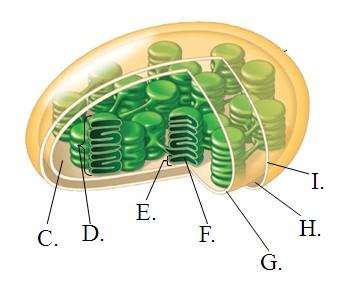Cp Bio 2 - Photosynthesis Quiz (Spring 2014)
2.
You may optionally provide this to label your report, leaderboard, or certificate.
×
Thank you for your feedback!
















